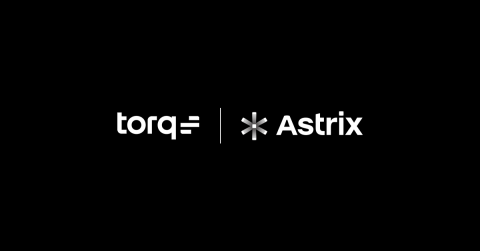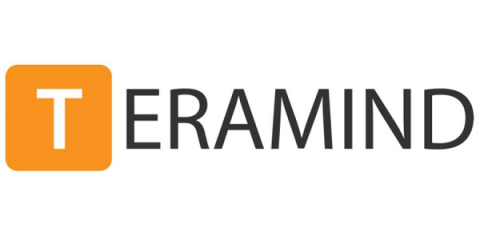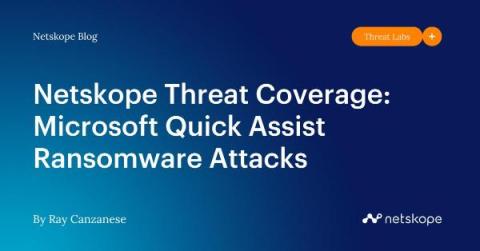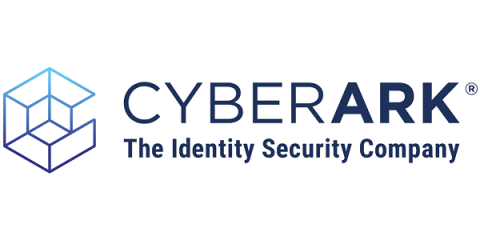UEBA Superpowers: Simplify Incident Investigations to Increase SOC Efficiency
In an era marked by an increasing volume and sophistication of cyber threats, the efficiency of your SOC operations has become more important than ever. SOCs are flooded by a daily barrage of attacks and alerts, with a significant portion being false positives, leading to alert fatigue and the potential for genuine threats to slip through the cracks.










